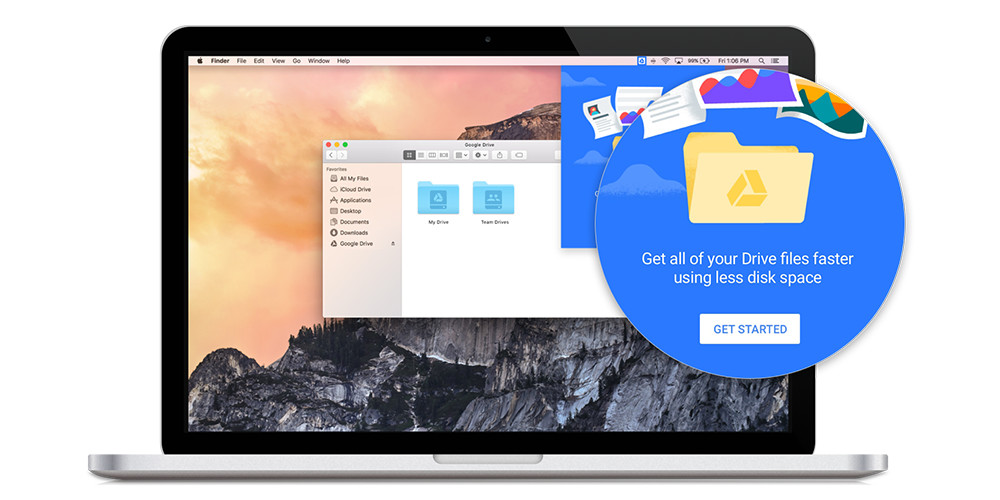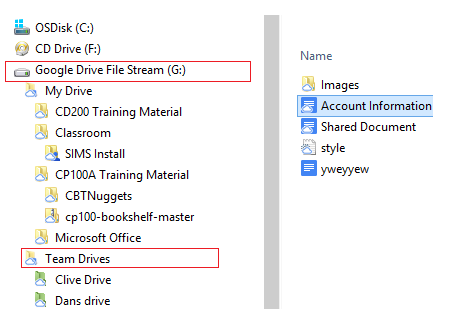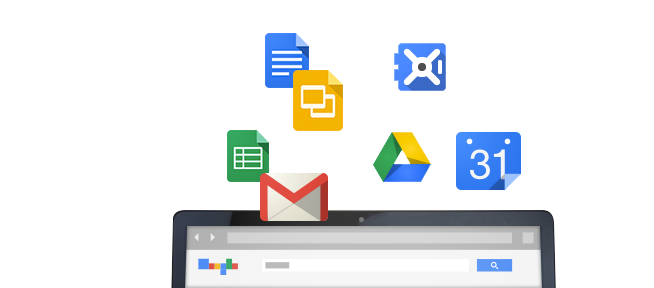The Cloud is ready to replace the file server
If you’re working to replace your file server with Google Drive, let us help! Google incentivizes us to help organizations of all shapes and sizes. For those migrating a large amount of data from a file server or other system, you can leverage our online migration service.
The file server has been a trusted workhorse for decades. I’m sure many of us can remember our first experience working with a file server at the office. Mine was at Cerner Corporation. Everything was on the file server… Well, sort of. Finding items on the file server could be tedious and time consuming. Once I found the version of a file I liked, it lived on my hard drive or in my email.
The old school file server has some issues:
- Search is slow and inconsistent
- Remote access is tedious, unreliable, or not configured
- Mobile access is … well, nonexistent
- Collaboration is nonexistent
Basically, the file server is the digital version of the file cabinet and not much else.

What’s changing
The Google Drive team at Google has been very busy. Not to be outdone by Dropbox’s awesome Smart Sync capabilities, the Google Drive team has followed up some technical magic (engineering) of their own.
Team Drives
Team Drives is now officially available and is a critical component of Google Drive’s new capabilities.
Google explains:
Google Team Drives are shared spaces where teams can easily store, search, and access their files anywhere, from any device.
Unlike files in My Drive, files in Team Drive belong to the team instead of an individual. Even if members leave, the files stay exactly where they are so your team can continue to share information and get work done.
The Google Drive team provided a nice overview and demo at this month’s Next conference.
Drive File Stream
Drive File Stream is a new way to access all of your Google Drive files, including Team Drives, directly from your Mac or PC, without taking up space on your hard drive. Drive File Stream doesn’t require you to download your files first in order to access them from your computer. Instead, when you need to view or edit a file, it automatically streams from the cloud, on-demand.
Drive File Stream enables:
- Access, search and manage files on-demand from your computer in seconds.
- Get just the files you need and make certain files available for offline use later.
- Access your work even quicker, as your most-used files become available in the background intelligently.
- Avoid the risk of users downloading all of your company data to their hard drives.
The Google Drive team also gave a great overview and demo of Drive File Stream at the Next conference.
So … what’s the big deal?
Glad you asked. People have been asking to replace their file servers with cloud-based services for years. And while the answer wasn’t a hard ‘no’, it wasn’t an easy ‘yes’ either. The cloud had some serious constraints. The cloud could supplement the file server, but in most instances couldn’t fully replace the tried and true digital file cabinet workhorse.
User hard drives were challenge numero uno. Let’s say the file server has 500GB of data. Well, most laptops can’t handle that data. Even if they could, most employees don’t want 490GB of files they don’t need cluttering their machine. Google Drive’s Sync Options were designed to address this issue in part, but it’s basically a workaround.
Moving 500GB of data from the file server to Google Drive also means A LOT more duplication and complexity. Let’s say we have 20 employees, with the traditional Google Drive Sync client, now we’re talking about 10,000GB of data. The 500GB file store is synced aka replicated on each machine. This is an extreme example since the typical PC infrastructure bends and then breaks before we get to this point. Everything grinds to a halt. Long story short, the solution doesn’t scale well and is relatively fragile. We trade the robustness of the traditional file server with the convenience of cloud storage and we made sacrifices. Not anymore.
User directory vs network directory was another challenge. The traditional file server was mapped to a PC. A user could see this mapped drive (as long as they were on the network) along with their other directories, but it was mounted rather than a local user directory. A network mounted drive allows the files to have the same path, or location, for all Users. This is handy when leveraging shared digital assets in an agency or working with linked Excel files in a financial services firm as two very common examples. Google File Stream transforms Google Drive from a User directory to a mounted network file system.
Before: two distinct paths from two distinct User directories.
- C:\Users\Bob’s Computer\Google Drive\Awesome Financial Documents\Excel_greatness.xlsx
- C:\Users\Sarah’s Computer\Google Drive\Awesome Financial Documents\Excel_greatness.xlsx
…even though these files have the same file name, they have different paths. The file is not a network resource. There are two separate, totally distinct files and they are user resources (that just happen to be syncing thanks to Drive).

After: One path as a mounted Network directory
G:\Google Drive\Awesome Financial Documents\Excel_greatness.xlsx
…now all the computers see the same path just like with a traditional on-premises file server.
Replacing the file server brings key benefits
- Better collaboration and sharing capabilities – inside and outside the company
- Better Search
- Better capabilities on mobile
- Tons of new capabilities
With these important updates, Google Drive can do much more than supplement traditional file servers. Google Drive is ready for your rip and replace project.
We’ve been working with Google Drive from the beginning and know all the ins and outs. Umzuzu can ensure a successful migration of your files, processes, and personnel to Google Drive and the rest of the G Suite services. Your G Suite subscriptions cost exactly the same and it never hurts to have someone with a vested interest in your success! Please email [email protected] or Contact Us here for more.


